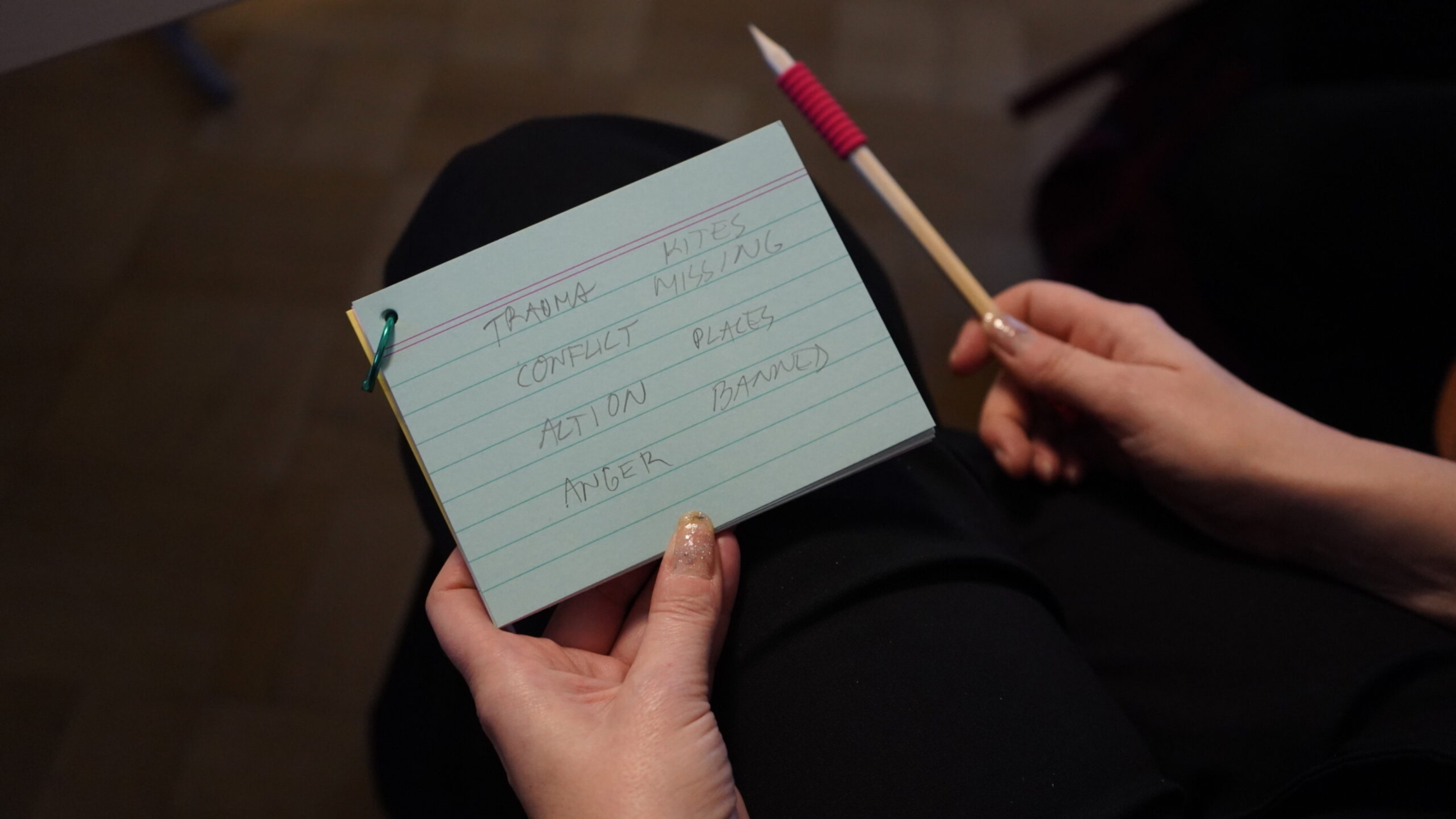During Katie Lenanton and Paola Nieto’s term as Artistic Directors (2023-24), they have consistently provided valuable resources in their monthly newsletters. These aim to support members in their working and artistic lives, such as manuals, toolkits, tutorials, or readings.
The resources are now gathered and available for you:
1- Urban Apa’s Communications Manual for Performing Arts Events. This guide was born out of a need for clear communications guidelines and checklists within the performing arts field. Initiated by UrbanApa and written by Pragma Helsinki, the manual addresses both basic communication needs, as well as more in-depth accessibility features that one might come across when organising art events.
2- Taku’s Guidelines for dealing with harassment and inappropriate treatment . The guide pays particular attention to small work communities and association-based operators. It touches upon the laws in Finland that are designed to protect people from experiencing harassment in the workplace, and provides some tools and strategies for how to act in such situations as an employee, manager, or board member.
3- Artist-run residency Tuo Tuo’s Resource Library. They generously share budgets and texts from their successful grant applications to Finnish funding bodies.
4- The White Pube’s Successful Funding Application Library, and Successful Project Proposal Library. If you’re searching for examples of how to structure and pitch information, or simply for inspiration, we recommend a deep browse to this international resource.
5- From Australia: The National Association for Visual Arts’ Code of Practice. This expansive document sets out an array of equitable, ethical, and self-reflective standards to support professional contemporary artists in their working life. It covers good practice approaches to working relationships, ethical standards of access and inclusion, and payment rates for artists and arts workers. These are particularly important in the face of increasingly precarious conditions that make work and practise unsustainable for many. The Code serves as a map for ensuring a collaborative, equitable, creative, and inclusive sector for current and future participants, while doubling as an advocacy tool.
Similar work has begun in the Finnish context, and we recommend checking out these suggested rates of pay from Artists.fi (and adding a freelancer premium!) when you’re next negotiating a working relationship.
6- The work of K-oh-llective, who regularly share Open Calls for paid artist work opportunities on their Instagram. They have also compiled these comprehensive Resources for Palestine. In addition to many informative and educational Instagram accounts, they’ve made a list of suggested texts, films, and trusted organisations for donations, that would be great to share amongst family, friends, and kin.
7- Project budget template for grant applications. It is organised according to Taike’s application format, though of course you can also add and delete different categories and line items to suit the needs of your project.
8- Expenses report template, that will assist you in tracking, reporting, and visualising all expenses related to your project.
Additionally, we share a practical example utilising this template. It uses the figures from last year’s Annual Exhibition, so you can also gain insights into the actual costs of the project: Example of Expense report- Annual Exhibition 2023.
Note that the template doesn’t include fees or working grants for labour—be sure to keep track of your working hours, and estimate a fee to cover them. A project like the Annual Exhibition would be at least 2-3 months of full time organising work, which fluctuates depending on the amount of collaborators and ambition of the installation. Be sure to add in fees for documentation too!
9- Mobility Funding Guide. Members planning international collaborations that involve travel might be interested in this new guide that summarises all the available funding opportunities for artists travelling to and from Finland.
10- Opportunities in Performing Arts. Theatre Info Finland regularly sends emails with open calls and job opportunities within the performing arts field. Sign up to receive them by following this link.
11- Taide-ja kulttuurialan työpaikat, apurahat & residenssit. Facebook group (in Finnish) for job & grant opportunities.
12- The Access Toolkit for Artists. Developed by practitioners based in the UK & Ireland, but is applicable to many contexts. It “contains practical information on how to plan, produce, and exhibit accessible art projects including information on access riders, financial planning, slow production, display, and creating an accessible workplace. This information is intended to address the access barriers faced by d/Deaf, neurodivergent, chronically ill and disabled artists, audiences and artworkers, and those who experience ableism.”
13- The Easy to Read Artists’ Contract. Developed by artist and former lawyer Jack Ky Tan through a commission by FACT. It offers many learnings and a great downloadable contract template to assist you in getting on the same page as your collaborations.
14- Flowchart for Visualising Association Annual Processes & AGM preparation. It’s a common (but quite admin-heavy) way of organising in Finland, and this spells out all the key steps needed to sustain this model. While there are benefits like eligibility for particular funding, and not being personally responsible for finances and taxes, if you’re considering starting an association, it’s also worth considering alternatives like developing an auspice agreement with a registered association, instead of joining the approximately 108,000 associations currently operating in Finland.
Image credits: Támara Aalto

